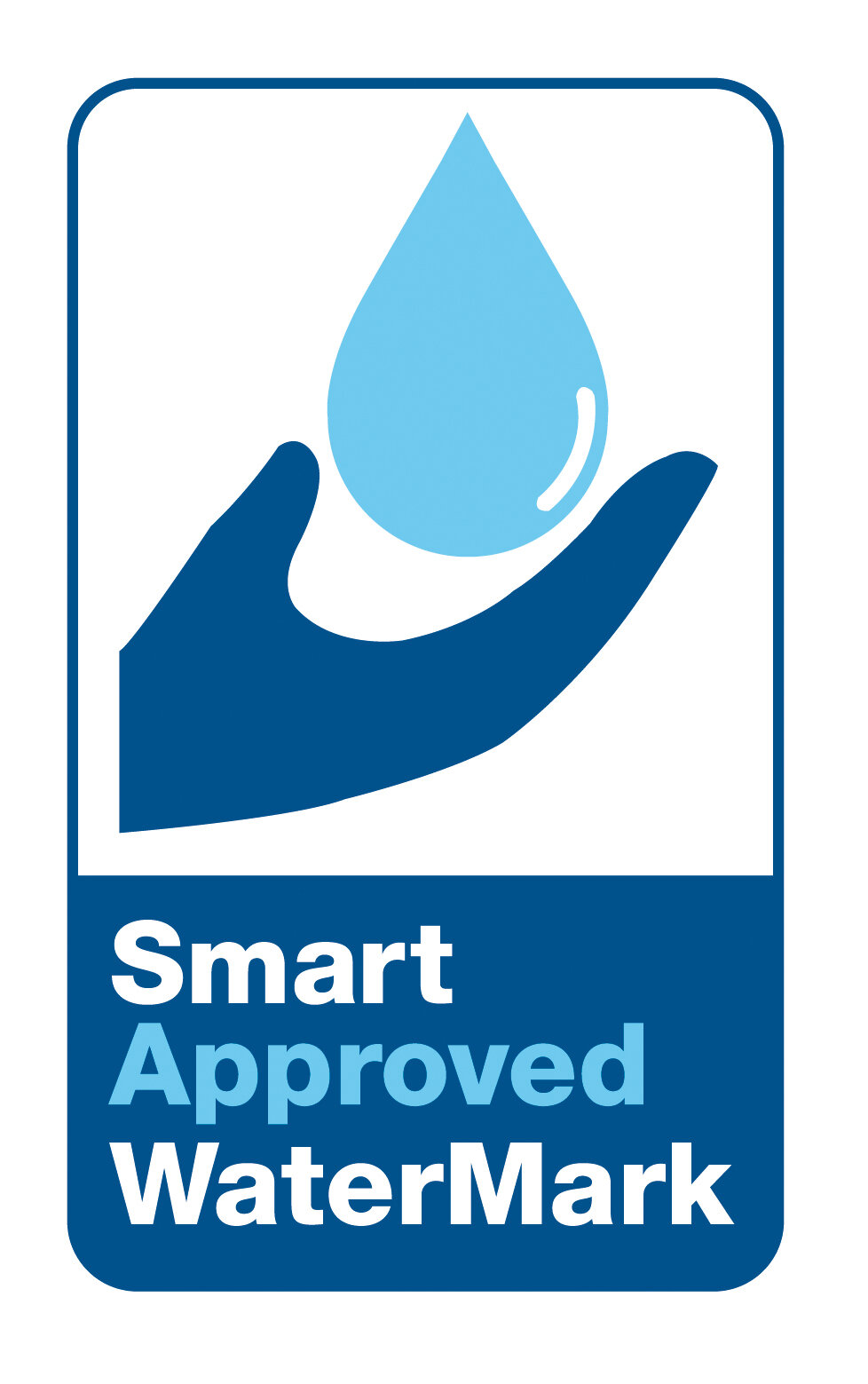Study Prepared by the UN Commission on the Economics of Water
Half the world’s population is currently grappling with a severe water scarcity crisis, according to a report from the Global Commission on the Economics of Water published in October 2024.
The report warns that this alarming figure is only set to escalate as the climate crisis intensifies.
The report also highlighted the following:
More than 2 billion people lack safe drinking water, and 3.6 billion people – 44 percent of the world’s population – lack safe sanitation.
Tragically, every day, 1,000 innocent children lose their lives due to the lack of access to safe water. This heart-wrenching statistic underscores the urgent need for action.
Demand for fresh water is expected to outstrip supply by 40 percent in just six years.
Without action, by 2050, water problems will shave about 8 percent off global gross domestic product (GDP), with poorer countries, such as those in sub-Saharan Africa and parts of Asia, facing a 15 percent loss.
Over half of the world’s food production comes from areas experiencing unstable water availability trends - including areas of the United States.
The report also pointed out that two types of water serve the world:
Green Water. Found in soil, this water is used by agriculture, plants, and soil microorganisms. When used by vegetation, it is released back into the atmosphere through the process of transpiration.
Blue Water. This water comes from rainfall or the melting of snow.
While the study focused on many other dark realities related to water, it also provided some answers and solutions, according to Klaus Reichardt, CEO and Founder of Waterless Co., Inc., a leading marketer of no-water urinals.
According to Reichardt, the report concluded that we must reshape world economies so that water is allocated more equitably and used more efficiently, eliminating waste.
He also suggests that we should "begin with the end in mind when it comes to water, focusing on the desired outcome and then working backward to achieve it."










